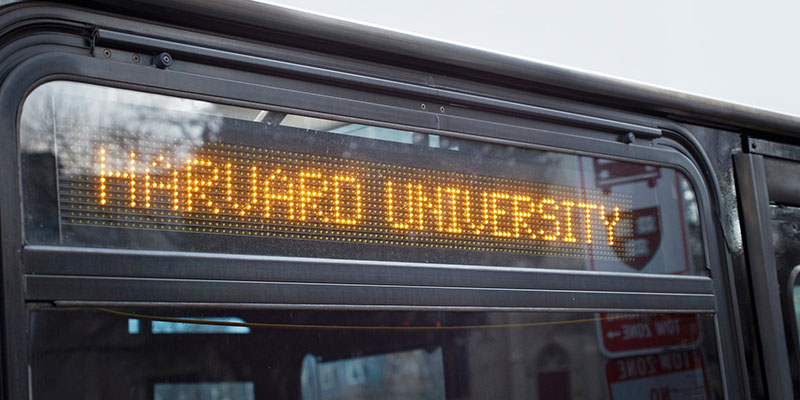As technology continues to advance, educational simulations are becoming an increasingly popular tool in the classroom. From virtual field trips to interactive business simulations, educators are finding innovative ways to engage students and create a more dynamic learning experience. But what do students actually think about these simulations? Do they find them helpful, or are they just a distraction from more traditional forms of teaching? In this article, we'll explore the student perspective on educational simulations and discuss some of the benefits and challenges of this approach.

What are Educational Simulations?
First, it's important to understand what we mean by educational simulations. In general, these are computer-based programs that simulate real-world scenarios, allowing students to interact with the material and practice problem-solving skills. For example, a simulation might allow students to run a virtual business, manage a hospital, or explore the environment of a different planet. These programs are often designed to be engaging and interactive, using a combination of graphics, sound, and animation to create a more immersive experience.
Student Perspective on Educational Simulations
So, what do students think about these simulations? According to a survey by the education technology company Edmentum, students overwhelmingly prefer learning with technology over more traditional methods. The survey found that 84% of students believe that using technology in the classroom helps them learn better, while 71% said that they feel more engaged when using technology. Additionally, 81% of students said that they would like to use more technology in the classroom.

When it comes to educational simulations specifically, students seem to be equally enthusiastic. A study by the research firm Ambient Insight found that the market for educational simulations is growing rapidly, with a projected compound annual growth rate of 15.9% between 2020 and 2025. The study also noted that students appreciate the flexibility and interactivity of simulations, which allow them to learn at their own pace and experiment with different strategies.
Benefits of Educational Simulations
One of the main benefits of educational simulations is that they provide students with a safe, low-stakes environment to practice real-world skills. For example, a business simulation might allow students to experiment with different pricing strategies, marketing campaigns, and product designs without actually risking any money. This type of experiential learning can be incredibly valuable, as students can learn from their mistakes and refine their approach over time.
Another benefit of educational simulations is that they can help students develop critical thinking and problem-solving skills. In a simulation, students are often presented with complex problems that require creative solutions. By working through these problems, students learn to analyze data, evaluate different options, and make decisions based on evidence. These skills are highly valuable in the real world and can be applied in a wide range of contexts.

Challenges of Educational Simulations
Despite the many benefits of educational simulations, there are some challenges to consider. One of the main issues is that simulations can be expensive to develop and implement, which may limit their availability to some schools and students. Additionally, some students may not be comfortable with technology, which can make it more difficult for them to engage with the material. Finally, there is some concern that simulations may not be as effective at promoting deeper learning as more traditional methods, such as reading and discussion.
Case Study: Educational Simulations at Harvard University
A successful case where students were able to provide feedback on educational simulations took place at Harvard University, where a pilot program using interactive business simulations was implemented in the MBA program.

During the program, different business simulations were offered covering various areas, such as strategy, finance and leadership. Students actively participated in these simulations, assuming key roles in decision making and solving complex business problems. At the end of the program, a feedback and discussion session was held in which students had the opportunity to express their opinions about the educational simulations. They were asked to share their experiences, highlight positive aspects and also provide suggestions for improving the program.
The students' comments were extremely valuable. In general, they expressed their appreciation for the opportunity to apply their knowledge in a practical and realistic environment. They mentioned that the simulations allowed them to experience the challenges and dynamics of the business world in a safe and controlled manner.In fact, the students noted that the simulations fostered critical thinking, informed decision making and teamwork. They liked the opportunity to face complex business situations and see the consequences of their actions in a simulated environment.

However, they also shared some suggestions for improving educational simulations. Some students mentioned that they would like to have more flexibility to explore different approaches and strategies, as well as receive more detailed feedback on their decisions and outcomes.
The students' comments were taken into account by the teachers and the team in charge of the program. They used this feedback to adjust and improve the educational simulations in future editions of the MBA program. Modifications were made to allow for greater flexibility and mechanisms were implemented to provide more detailed and personalized feedback to students.
This instance demonstrates the importance of listening to student feedback on educational simulations. By involving students in the feedback and improvement process, a collaborative environment is created that allows the simulations to be adapted and optimized to meet student needs and expectations.

In brief, in the case of Harvard University, students were given the opportunity to express their opinions about the educational simulations used in the MBA program. Their comments were valued and used to adjust and improve the simulations in future editions of the program. This approach demonstrates the importance of student feedback in the evolution and continuous improvement of the educational simulations.
Conclusion
In conclusion, the student perspective on educational simulations is largely positive. Students appreciate the interactivity and engagement of simulations, as well as the opportunity to practice real-world skills in a low-stakes environment. While there are some challenges to consider, the benefits of simulations are clear, and they are likely to become an increasingly important tool in the classroom as technology continues to advance. By combining the best of traditional teaching methods with cutting-edge technology, educators can provide a dynamic and effective learning experience for students of all ages and backgrounds.



